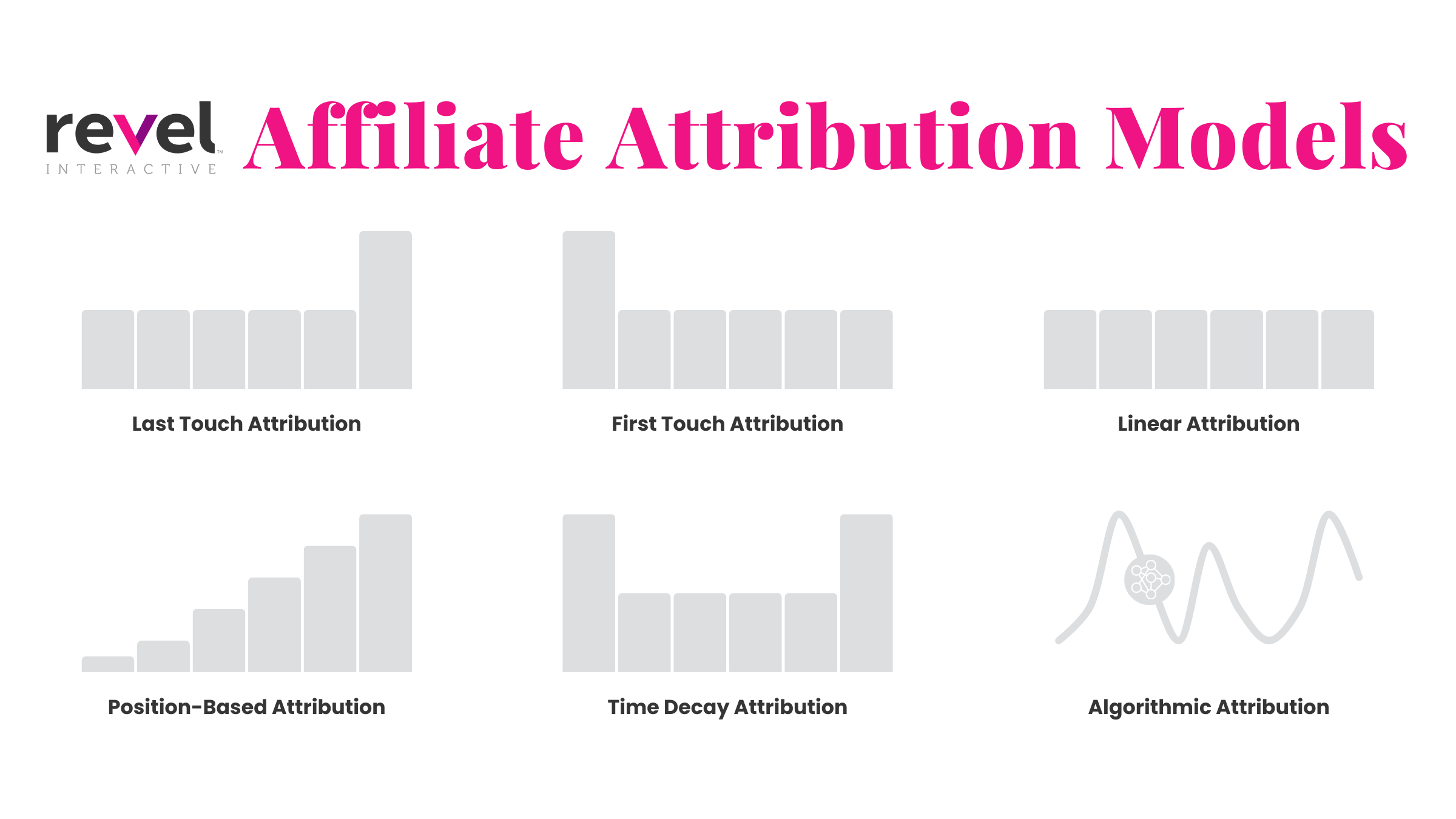THE PROBLEM
On December 21, 2024, YouTuber MegaLag released a video essay accusing Honey, a PayPal-owned browser extension, of generating revenue by replacing creators' affiliate marketing links with its own. This practice, he argued, diverts revenue that would otherwise go to content creators.
This issue isn’t unique to Honey and has been a recurring practice with other browser extensions, like Rakuten Rewards and Capital One Shopping, for years. Content creators say they’re being denied credit for their work. They invest time and resources into promoting products through affiliate platforms, but their earnings can be intercepted. For example, if a shopper discovers a product through a creator’s content but later uses an extension to complete the purchase, the extension’s affiliate gets credit for the sale—and the commission.
PayPal and Capital One Financial Corp. are now facing class action lawsuits from influencers who claim this “last-click” system is a form of theft. They argue these extensions unfairly take credit for sales, diverting commissions that should go to the creators. This ongoing issue continues to raise questions about fairness in affiliate marketing.
ATTRIBUTION MODELS IN FOCUS
This dispute highlights the significance of attribution models in affiliate marketing:
Last-click attribution: Gives all credit to the last touchpoint before a conversion, which is Honey in many cases.
Linear attribution model: Distributes credit equally across all touchpoints in the buyer’s journey, ensuring that all contributions are recognized.
Position-based attribution model: Assigns more credit to both the first and last touchpoints, recognizing the importance of awareness-building and conversion-driving phases.
Time decay attribution model: Allocates more credit to interactions closer to the conversion, reflecting the influence of recent touchpoints.
REVEL’S POV
Honey’s practice of claiming to share the best promotional codes raises ethical questions, particularly as many brands restrict certain codes from appearing on the platform. However, the legal implications remain ambiguous.
While creators view these practices as unfair, the terms governing attribution are typically outlined in affiliate network contracts. The current social media backlash may be a strategic effort by creators to advocate for more favorable attribution models rather than solely a legal dispute.
At the core of this debate is the attribution methodology. Content publishers and creators express frustration when browser extensions like Honey receive credit under last-click attribution systems. Concerns also arise over Honey’s tactics to secure last-click status by encouraging users to activate the extension, even when no discounts are available. However, such practices have been prevalent among coupon and cashback publishers in the affiliate marketing ecosystem for years.
THE CHALLENGE OF UNIFORM STANDARDS
Currently, no industry-wide standard exists for attribution models. Brands collaborate with affiliate platforms such as Impact, CJ, Rakuten, and Ascend to customize their attribution models and manage partner relationships. This lack of uniformity complicates efforts to address these disputes comprehensively.
THE SOLUTION
To protect relationships with creators and publishers, brands can leverage their affiliate networks to adopt attribution models that extend beyond last-click methodology, where it makes sense for the program and goals overall.
RECOMMENDATIONS FOR BRANDS
Explore alternative models:
First-click attribution: Rewards the initial touchpoint that drove the shopper’s interest.
Multi-touch attribution: Credits all touchpoints based on their influence, fostering collaboration.
Preferred partner models: Prioritize partnerships with high-value creators to ensure fair compensation.
Assess long-term impacts: While last-click attribution may appear cost-effective initially, over-reliance on this model risks damaging valuable publisher partnerships.
By implementing fair and transparent attribution models, brands can maintain trust and foster stronger partnerships within the affiliate marketing ecosystem.


